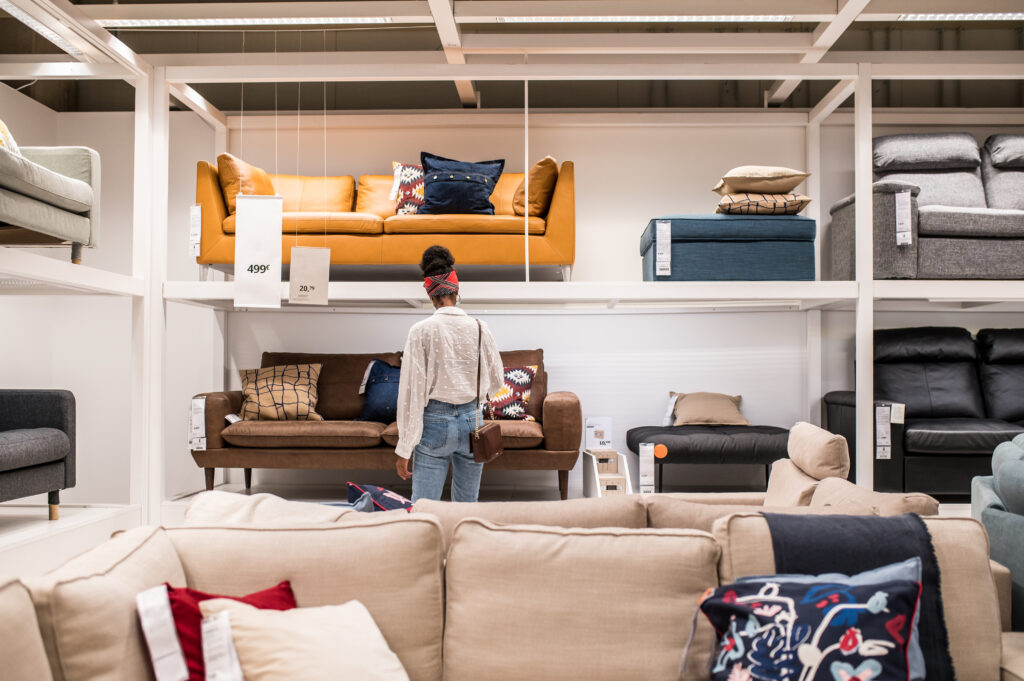Ein Spirituosengeschäft ist in einem regulierten, umsatzstarken Verbrauchersegment tätig, in dem die Rentabilität von der Optimierung der Kategoriemargen, der Lagerumschlagshäufigkeit und der Betriebseffizienz abhängt. Zwar variieren die Bruttomargen je nach Produktlinie, doch ein starker Cashflow und wiederkehrende Kunden machen dieses Modell attraktiv. Der Erfolg hängt von Sortimentsdisziplin, Lieferantenvorteilen und strenger Kostenkontrolle ab, insbesondere in Ländern mit hohem Lizenzaufkommen.
Kategorie-Archive: Business Planning & Strategy
Leitfäden zur finanziellen Strukturierung von Unternehmen für Wachstum und Stabilität.
Ein Spielwarenladen ist in einem schnelllebigen Einzelhandelssegment mit geringer Wiederholrate tätig. Die Rentabilität hängt von der Lagerrotation, der Margenkontrolle auf Kategorieebene und der saisonalen Disziplin ab. Die durchschnittlichen Transaktionsgrößen sind zwar gering, die Bruttomargen jedoch hoch, und die Kundeninteressen sind in Spitzenzeiten hoch. Der Erfolg hängt von einem straffen SKU-Management, einer Markensortimentsstrategie und der Monetarisierung in der Weihnachtszeit ab.
Der Musikeinzelhandel ist ein spezialisiertes, erlebnisorientiertes Segment, dessen Profitabilität vom Instrumentenumsatz, der Margensteigerung bei Zubehör und der Serviceintegration (Unterricht, Reparaturen, Vermietung) abhängt. Bei moderaten Stückzahlen sorgen Kundentreue und hohe Anbindungsraten für ein starkes EBITDA, sofern die Lagerbestände straff verwaltet und Mehrwertdienste in das Geschäftsmodell integriert werden. Anlagenkonfiguration – Investitionsausgaben
Home décor retail is a margin-rich, trend-sensitive category where profitability depends on merchandising precision, SKU productivity, and inventory rotation discipline. While average transaction values are modest, gross margins are favorable, and customer intent is high. Success requires a retail model built around space efficiency, multi-item conversion, and curation over assortment. Asset Configuration CapEx is moderate,
An electronics store operates in a competitive, innovation-driven retail segment characterized by rapid product cycles, fluctuating demand, and margin compression on hardware. While gross profit on core electronics is limited, profitability is built through accessory attachment, service bundling, and inventory velocity discipline. The business must be structured to balance premium ticket size with agility in
Furniture retail operates in a capital-intensive, low-frequency purchase category where success depends on showroom monetization, inventory turnover, and gross margin control. While average transaction values are high, holding costs, logistics, and markdown risk threaten profitability. Sustainable operators focus on space efficiency, custom order pipelines, and delivery execution, not just footfall. Asset Configuration CapEx is high
A sportswear store operates at the intersection of fashion, function, and identity, catering to both performance-driven athletes and lifestyle buyers. While gross margins are favorable, profitability is earned through product curation, brand tiering, and inventory turn discipline. Success in this category requires a strategic blend of aspirational branding, merchandising velocity, and multi-ticket upselling, not only
Home appliance retail operates in a capital-intensive, low-frequency, high-ticket environment where profitability hinges on logistics execution, vendor rebates, and margin control. While unit volumes are lower than typical retail, average transaction values are significantly higher. Profit is generated not by foot traffic alone, but through supply chain leverage, cross-selling warranties and installation, and inventory turnover
Bookstores operate in a sentimentally resilient but economically challenged segment of retail, competing against e-commerce and digital media. Despite declining mass-market sales, profitability remains viable through product curation, community engagement, and ancillary revenue diversification. The model requires lean inventory planning, high shelf productivity, and structured event-based monetization and not scale through volume. Asset Configuration CapEx
A grocery store operates in a high-frequency, low-margin retail segment where profitability is driven by inventory turnover, basket size, and category margin management. Despite thin per-item profit, volume and repeat footfall create substantial cash flow if operations are tightly controlled. The model’s success hinges on SKU velocity, shrinkage control, and efficient supply chain execution and











